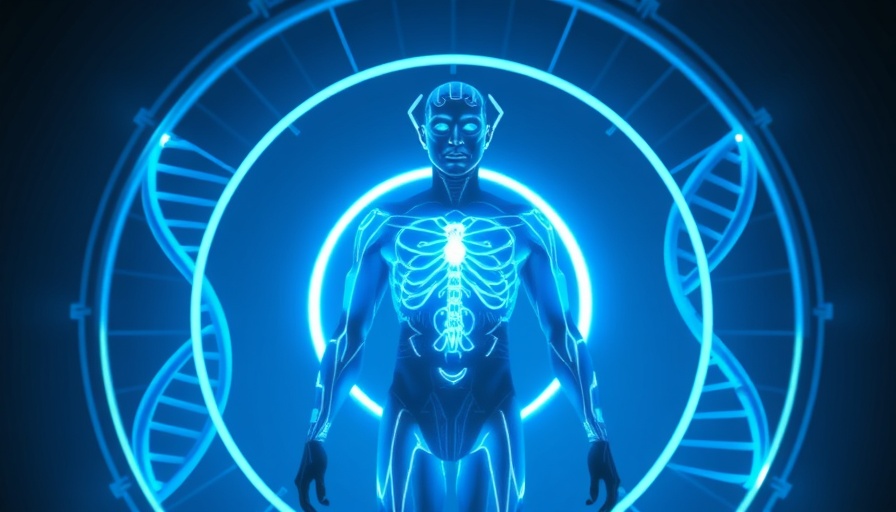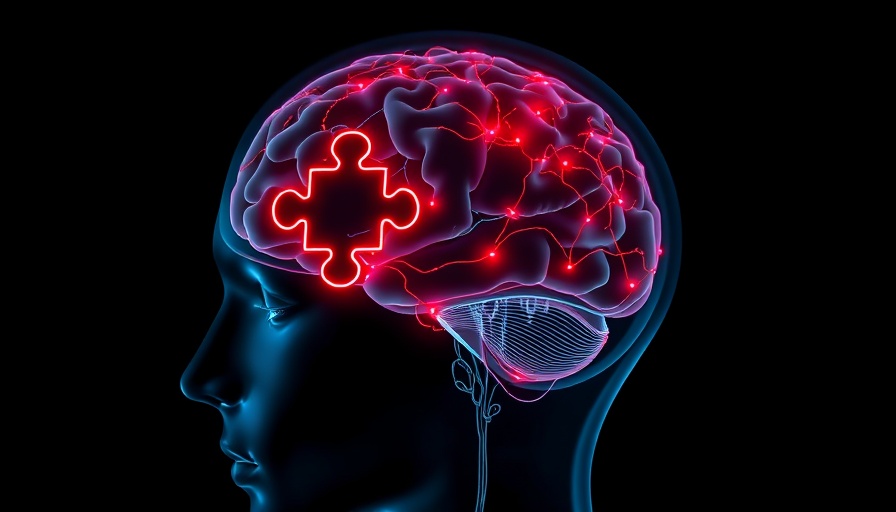
Unraveling the Mystery of Leonardo da Vinci's DNA
After over five centuries of speculation about the life and genius of Leonardo da Vinci, researchers are on the brink of peeling back the layers of his genetic history. Led by the Leonardo DNA Project, a dedicated team has embarked on a revolutionary path to reconstruct the DNA of this iconic Renaissance figure. By meticulously tracing his lineage across 21 generations, the project aims to provide unprecedented insights into da Vinci's health, creativity, and perhaps even the authenticity of his masterpieces.
Connecting the Dots: The Genealogical Journey
At the heart of this undertaking is “Genìa Da Vinci. Genealogy and Genetics for Leonardo's DNA,” a new book by experts Alessandro Vezzosi and Agnese Sabato. This comprehensive work, established through 30 years of genealogical research, maps out Leonardo's ancestry back to 1331, encompassing over 400 individuals. Their findings form the bedrock of one of the most advanced historical-genetic investigations in history.
From History to Genetics: A Compelling Intersection
By leveraging archival documents and family trees, Vezzosi and Sabato have identified 15 direct descendants of Leonardo through both his father and his half-brother. This solid genealogical framework allows scientists like David Caramelli, a leading participant in the DNA analysis, to conduct tests on living descendants. Recent findings have confirmed genetic continuity through matching Y chromosome segments, tying together male-line descendants and opening doors to understanding health traits that may have been shared with da Vinci himself.
The Da Vinci Family Tomb: A Treasure Trove of Insights
Archaeological excavations at the Church of Santa Croce in Vinci have unveiled a potential Da Vinci family tomb, providing a rare opportunity to study bone remains linked to Leonardo's relatives. Directed by University of Florence anthropologists Alessandro Riga and Luca Bachechi, the excavations are revealing significant remains that may shed light on the genetic makeup of this legendary family. Preliminary radiocarbon dating of bone fragments suggests possible ancestral connections, while paleogenomic analyses are striving to unearth secrets long buried.
Significance of the Findings: Cultural and Scientific Impact
The implications of these discoveries extend far beyond mere biological curiosity. Understanding Leonardo's genetics could potentially yield insights into his creative genius, unraveling the factors that contributed to his vast repertoire of inventions, artworks, and scientific observations. Furthermore, this research may assist in confirming the integrity of Leonardo's renowned works and enhance his historical narrative.
Future Predictions: What Lies Ahead for Genetic Research
The success of the Leonardo DNA Project could set a precedent for similar historical-genetic endeavors worldwide. Experts anticipate that advances in genetic research will continue to intersect with human history, driving forward our understanding of influential figures across different realms. As we unlock more ancient mysteries through genetics, we may better appreciate the interplay between biology and creativity.
The Story of Humanity Through Genetics
Ultimately, the Leonardo DNA Project is a testament to the enduring power of curiosity, showcasing how the merging of historical research with genetic analysis can unveil profound insights into our collective past. For enthusiasts of art history, science, and genealogy alike, the endeavor serves as a reminder of the intricate tapestry of human heritage.
Excited about uncovering the secrets of the past? Join us in exploring the genetic footprints left by historical giants. The intersection of science and history has the potential to redefine how we view genius and creativity.
 Add Element
Add Element  Add Row
Add Row 



Write A Comment